3. Win Over Potential Clients With Your Brand
It’s important to remember that potential clients don’t look at just the photos — they’re evaluating the total package. “Everything you put into the world about you and about your work has to be on brand,” Glaister says. “You need to clearly communicate who you are with the images you place on your Houzz profile and the language you use and the tone with which you write about your projects.”
Glaister makes her personality a key part of her brand, which has helped her to attract clients she’ll work well with. “Everything I put on my profile is personal,” she says. “The way that I like to work is woven into the story and shows that I value the family and what we put into the house as a solution. That is just me, and that works for me.”
The team at Bearded Builders follows a similar model, sharing on all its marketing channels the company’s values and what clients can expect during the remodeling process. “We even try to be vulnerable and transparent about the ugly side of remodeling. We want people to get to know us so they know who and what they are getting when they hire us,” Price says. “The brand we have created hopefully reflects our values and company culture, which should attract people who believe in the same things.”
Flavin Architects adds visual treats to its website and Houzz profile, including freehand, artistic design sketches, to reinforce its natural modern brand and to set it apart from other firms. “It’s a handmade quality. It’s approachable for people. It’s becoming a much rarer skill,” Flavin says. “The key is to attract work from clients who have bought into your vision. They naturally are going to allow you to lead the design process.”
For Flavin, attracting the right clients through a strong brand has brought not only a steady stream of leads, but also greater job satisfaction and a more rewarding career. “It sounds so obvious, but we spend so much of a career building a reputation,” he says. “There’s nothing more pleasing than having someone ask for one of your houses. To have that recognition by potential clients.”
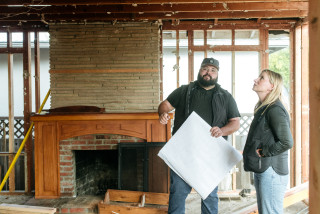

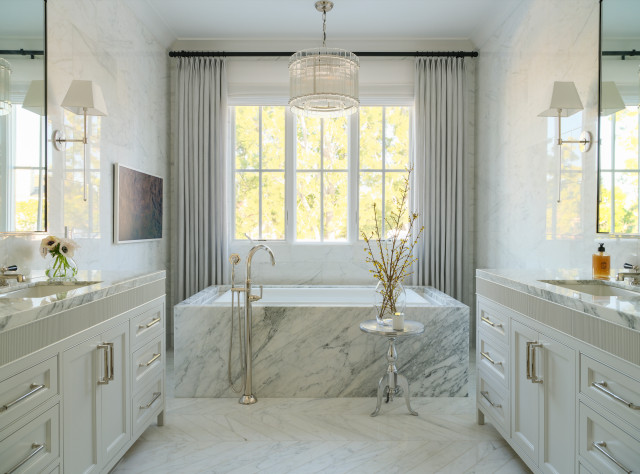
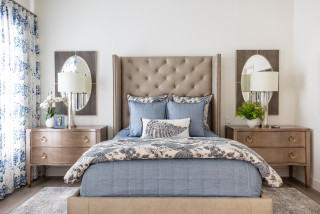
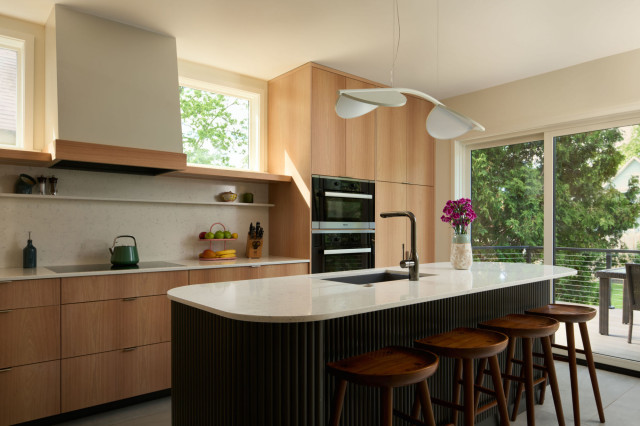
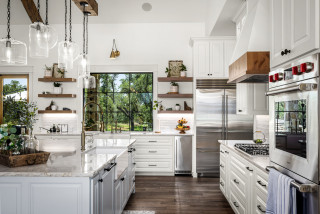
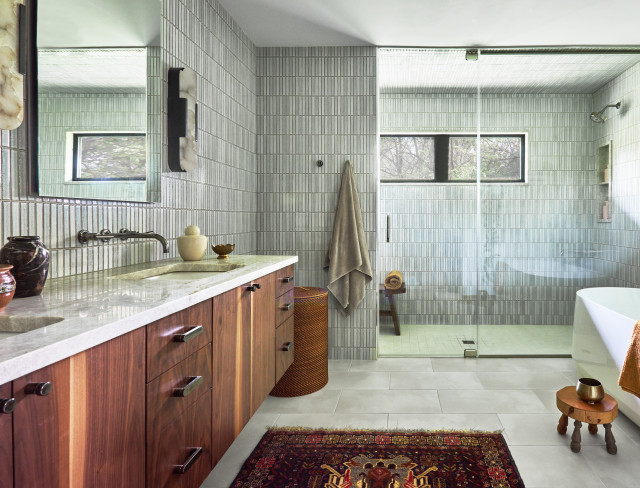
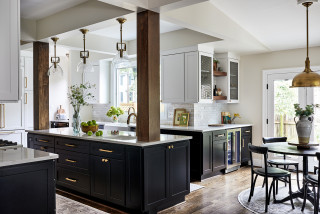


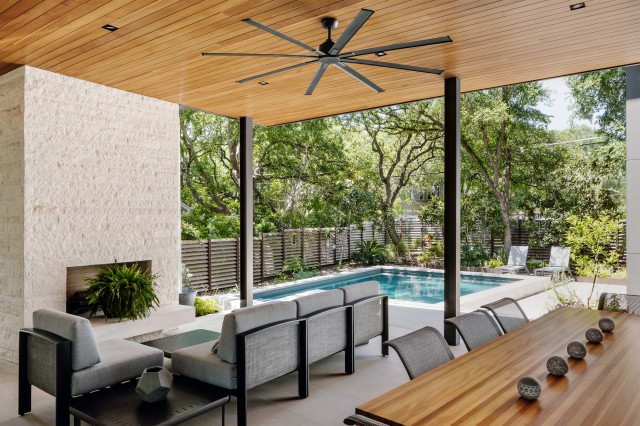
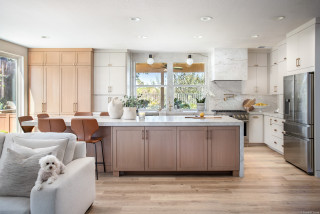
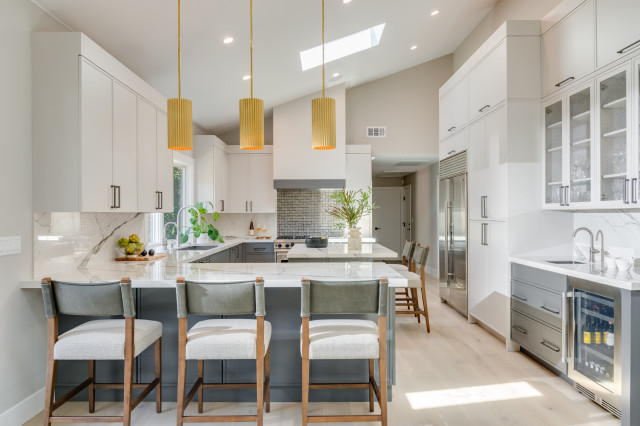
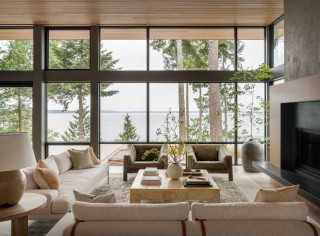

It’s important to remember that potential clients don’t look at just the photos — they’re evaluating the total package. “Everything you put into the world about you and about your work has to be on brand,” Glaister says. “You need to clearly communicate who you are with the images you place on your Houzz profile and the language you use and the tone with which you write about your projects.”
Glaister makes her personality a key part of her brand, which has helped her to attract clients she’ll work well with. “Everything I put on my profile is personal,” she says. “The way that I like to work is woven into the story and shows that I value the family and what we put into the house as a solution. That is just me, and that works for me.”
The team at Bearded Builders follows a similar model, sharing on all its marketing channels the company’s values and what clients can expect during the remodeling process. “We even try to be vulnerable and transparent about the ugly side of remodeling. We want people to get to know us so they know who and what they are getting when they hire us,” Price says. “The brand we have created hopefully reflects our values and company culture, which should attract people who believe in the same things.”
Flavin Architects adds visual treats to its website and Houzz profile, including freehand, artistic design sketches, to reinforce its natural modern brand and to set it apart from other firms. “It’s a handmade quality. It’s approachable for people. It’s becoming a much rarer skill,” Flavin says. “The key is to attract work from clients who have bought into your vision. They naturally are going to allow you to lead the design process.”
For Flavin, attracting the right clients through a strong brand has brought not only a steady stream of leads, but also greater job satisfaction and a more rewarding career. “It sounds so obvious, but we spend so much of a career building a reputation,” he says. “There’s nothing more pleasing than having someone ask for one of your houses. To have that recognition by potential clients.”